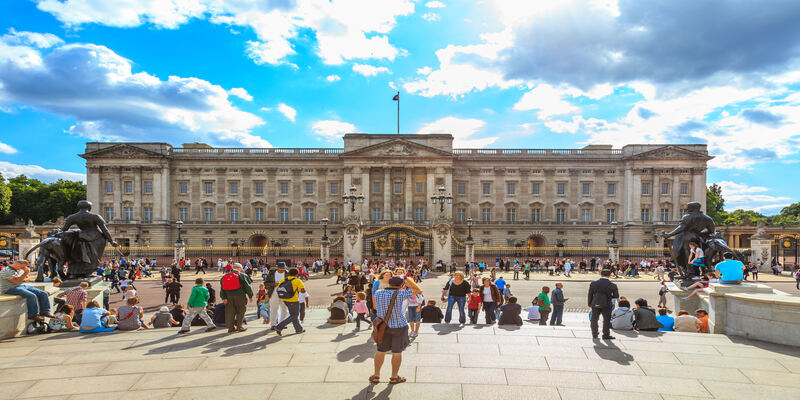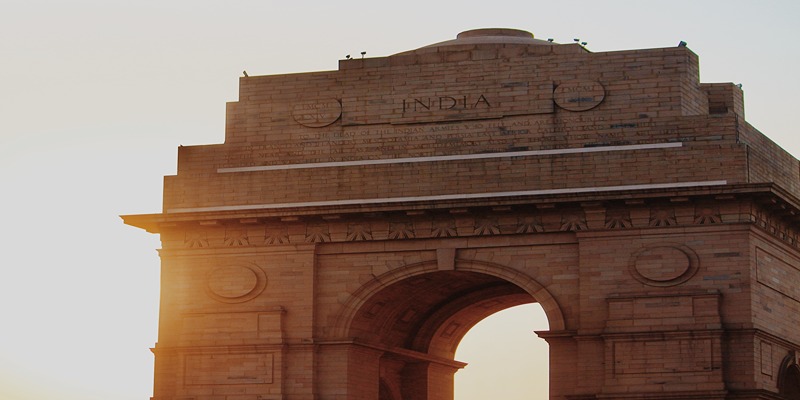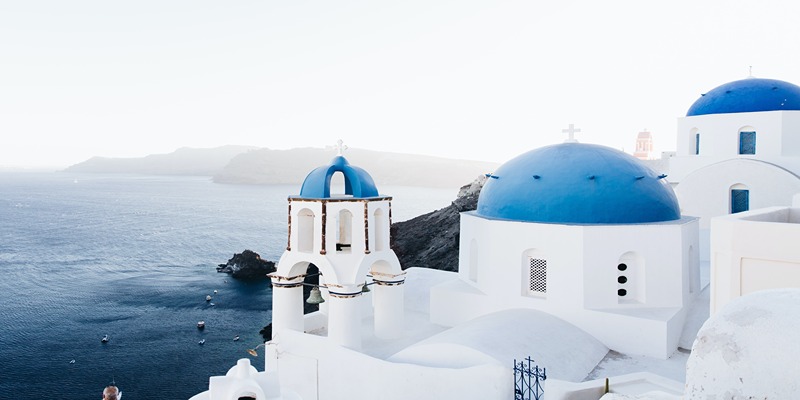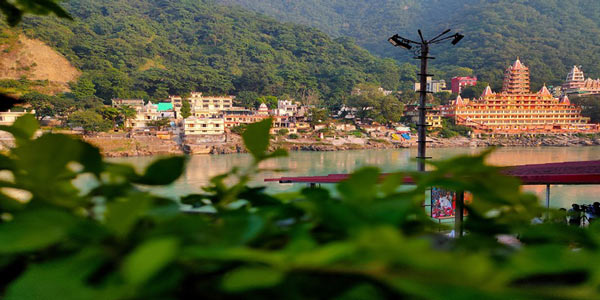Sapa, tucked away in the verdant maze of Vietnam's highlands, is a haven of natural beauty and cultural depth. Its mystical vistas of rice terraces are woven together with a kaleidoscope of ethnic communities, each with its own set of traditions that have stood the test of time. Sapa is like a haven for trekkers looking for adventure. This mysterious country has routes that wind through beautiful scenery, but it also exposes you to little settlements full of interesting history, culture, and legend. Therefore, a trip to Sapa is more than just an adventure; it is a spiritual quest to the heart of Vietnam's highland charm.
What Makes Sapa Unique?
Sapa's Enchanting Rice Terraces
The undulating hills of Sapa are home to a man-made marvel: the picturesque embrace of form and function in the shape of rice terraces. Not only do these winding terraces provide essential support for regional agriculture, but they also serve as a beautiful aesthetic tableau that exemplifies the complementary link between humans and the natural world. These terraces, crafted by indigenous cultures over millennia, serve as ever-changing canvases that reflect the changing of the seasons. During the rainy season, they become a verdant landscape of new rice plants bursting with life. The landscape changes into a golden sea of mature paddy as fall approaches. Sapa's rice terraces are testaments to human ingenuity and the transcendent beauty of cohabitation that will outlast the changing of the seasons.
The Rich Tapestry of Ethnic Tribes
In addition to its breathtaking landscapes, Sapa's allure lies in the rich cultural variety of its inhabitants. During your travels, you may come into contact with several peoples, including the H'mong, the Dao, and the Tay. Sapa's diverse cultural landscape is the result of the contributions of its many indigenous groups. The H'mong, for example, are well-known for their delicate needlework and indigo-dyed clothing, while the Dao are experts in medicinal herbology and ornate jewelry. The Tay people are well-known for their fish farming and distinctive stilt dwellings. These unique cultures may best be understood via their rituals, festivals, and community gatherings. These tribal interactions, whether you participate in a Dao shamanistic rite or enjoy an H'mong gastronomic specialty, accentuate the uniqueness of your Sapa journey, turning it into an adventure of both physical and cultural landscapes.
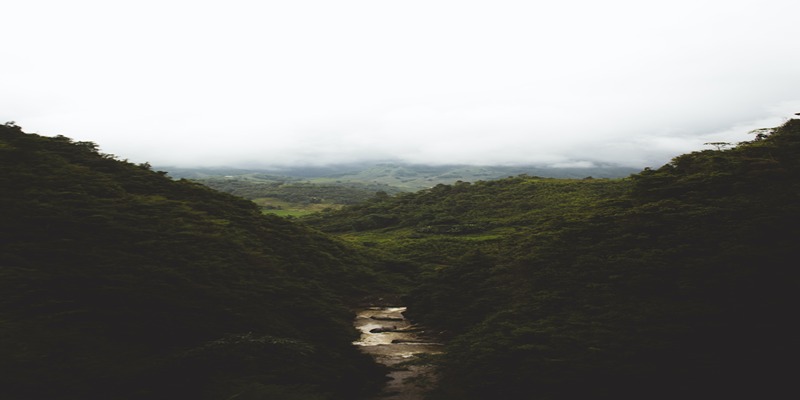
Essential Preparations for Your Trek
Gear and Clothing
Having the right gear is essential if you plan on exploring Sapa's varied landscape. Different seasons call for different sets of equipment. Moisture-wicking fabric and lightweight layers are the norm during the hot summer months, while thermal undergarments and waterproof outerwear are necessities during the cold winter months. The one thing that doesn't change, however, is the absolute need for sturdy shoes. The region's treacherous terrain, particularly after rain, may make the difference between an exciting and dangerous hike, so it's important to wear trekking boots with a good grip. Because the terrain you'll be traversing spans from muddy fields to rocky slopes, it's important that your footwear be waterproof and airy. Therefore, proper equipment and dress are necessary for a successful Sapa hike.
Health and Safety Precautions
Preparing one's health system for a trip into the highlands is essential. Hepatitis A and Typhoid vaccines are recommended as preventative measures against infections spread by contaminated food and water. It is still important to drink enough water before, during, and after the hike, but drinking filtered water may help prevent stomach issues. You should always have a first aid kit handy, complete with antiseptics, bandages, and over-the-counter drugs for treating common conditions like diarrhea. Keep an eye out for signs and stick to established paths to reduce the likelihood of getting lost or accidentally entering a dangerous region. As a result, a successful trip to Sapa hinges on stringent health and safety precautions.
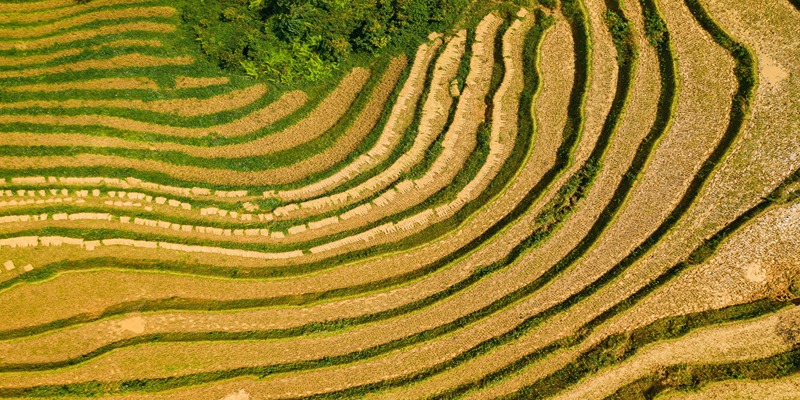
Itineraries and Routes
Short Treks and Day Trips
Sapa generously provides opportunities for short yet meaningful trips, perfect for first-timers or those with limited time. The Cat Cat Village provides a simple hike that winds through terraced fields and ends at a waterfall, and it's just 3 kilometers from Sapa town. The alternative is a somewhat difficult hike to Y Linh Ho Village, which is rewarded with stunning panoramas of the Muong Hoa Valley. Both hikes are doable in a day and need nothing in the way of stamina. Beginning hikers and those looking for easier excursions may both benefit from these paths. They range from generally flat to somewhat uphill, making them suitable for hikers of varying abilities.
Extended Trekking Options
Sapa unfolds a series of multi-day hikes for adventurers with a taste for the daring, allowing them to explore outlying communities and lesser-traveled routes. The three-day journey to the top of Fansipan, also known as the "Roof of Indochina," reveals a wealth of natural splendor and human touchstones, making it a worthy example of such an undertaking. Another longer route is winding your way through remote villages like Lao Chai and Ta Van, where locals still live according to ancient traditions. Prolonged trips like this demand strong strength and acclimation to high elevations, but they are well worth it for the rich, nuanced Sapa experience they provide.
When to Visit for Optimal Experience
Weather Conditions and Seasonal Variations
There is a connection between your individual tastes and the weather when deciding on the best time to begin your Sapa trip. From September through November, you can expect clear, bright days and mild, refreshing evenings—ideal for a hike. From March through May, we are treated to moderate weather and a profusion of flowering plants. The monsoon season, from June through August, is dangerous due to muddy pathways yet beautiful due to the abundance of new growth. The cold and fog of winter make hiking more difficult but also more atmospheric. If you're planning a hike, it's important to consider the time of year, since each has its own set of advantages and disadvantages that you should take into account.
Conclusion
When it comes to the Vietnamese Highlands, Sapa is the crown jewel for many reasons. This highland haven provides an unmatched hiking experience with its blend of beautiful vistas and colorful cultural tapestry. Every turn in Sapa may reveal something new, from the intricate labyrinth of its beautiful rice terraces to the living museums of its outlying communities. Whether you're planning a quick trip or a months-long adventure, there's plenty of room for discovery and development in this landscape. Therefore, I strongly urge you to make this trip; may your steps be imbued with the rich and varied spirit of Sapa.

